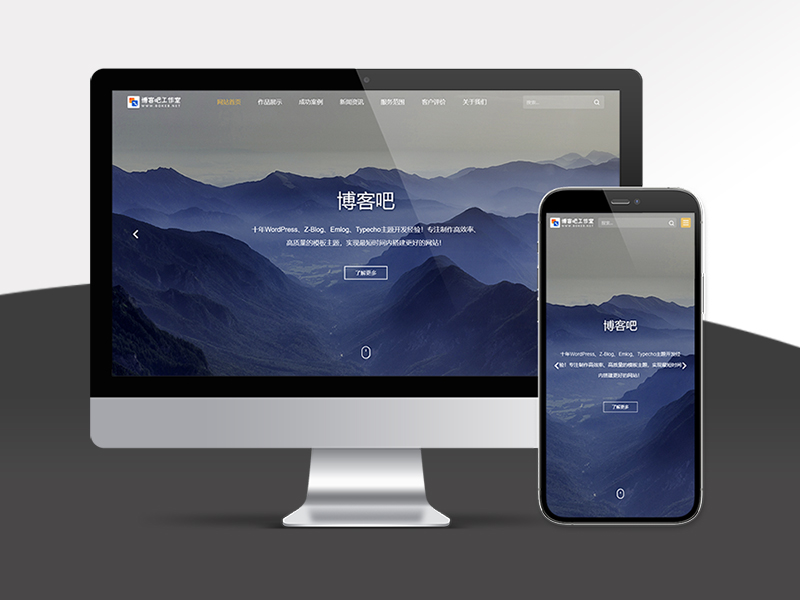get_post_ancestors()函数的作用是获取指定页面的父页面ID,函数会以数组的形式返回指定页面的所有父页面ID,比如一个三级页面,通过该wordpress函数返回的数组包含了二级页面ID和一级页面的ID,其中数组第一个值的ID为直系父页面,最后一个值的ID为最顶级的父页面。
函数结构
1 | <?php get_post_ancestors( $post ) ?> |
参数说明
$post – 页面ID或页面对像
返回值
数组,如果没有父页面,则返回空数组,如果有父页面,则返回所有父页面ID数组
示例
1、获取当前页面的父页面ID
1 2 3 4 5 | <?php global $post; $pageArray = get_post_ancestors($post->ID); echo $pageArray[0]; ?> |
2、获取最高级页面别名作为body的样式名
PS:以下示例代码在twenty eleven子主题的header.php文件
1 2 3 4 5 6 7 8 9 10 11 12 13 14 15 16 17 18 19 | </head> <?php /* Get the Page Slug to Use as a Body Class, this will only return a value on pages! */ $class = ''; /* is it a page */ if( is_page() ) { global $post; /* Get an array of Ancestors and Parents if they exist */ $parents = get_post_ancestors( $post->ID ); /* Get the top Level page->ID count base 1, array base 0 so -1 */ $id = ($parents) ? $parents[count($parents)-1]: $post->ID; /* Get the parent and set the $class with the page slug (post_name) */ $parent = get_post( $id ); $class = $parent->post_name; } ?> <body <?php body_class( $class ); ?>> |
3、获取父页面的Meta数据
以下代码是获取顶级页面中名称为“body_class”的自定义字段的值作为body的样式名
1 2 3 4 5 6 7 8 9 10 11 12 13 | </head> <?php $class = ''; if( is_page() ) { global $post; $parents = get_post_ancestors( $post->ID ); $id = ($parents) ? $parents[count($parents)-1]: $post->ID; $class = get_post_meta( $id, 'body_class', true ); } ?> <body <?php body_class( $class ); ?>> |
4、获取顶级页面的特色图像
以下代码是获取顶级页面的特色图像
1 2 3 4 5 6 7 8 9 | <?php global $post; $parents = get_post_ancestors( $post->ID ); /* Get the ID of the 'top most' Page if not return current page ID */ $id = ($parents) ? $parents[count($parents)-1]: $post->ID; if(has_post_thumbnail( $id )) { get_the_post_thumbnail( $id, 'thumbnail'); } ?> |
函数位置:wp-includes/post.php
官方文档:https://codex.wordpress.org/Function_Reference/get_post_ancestors









